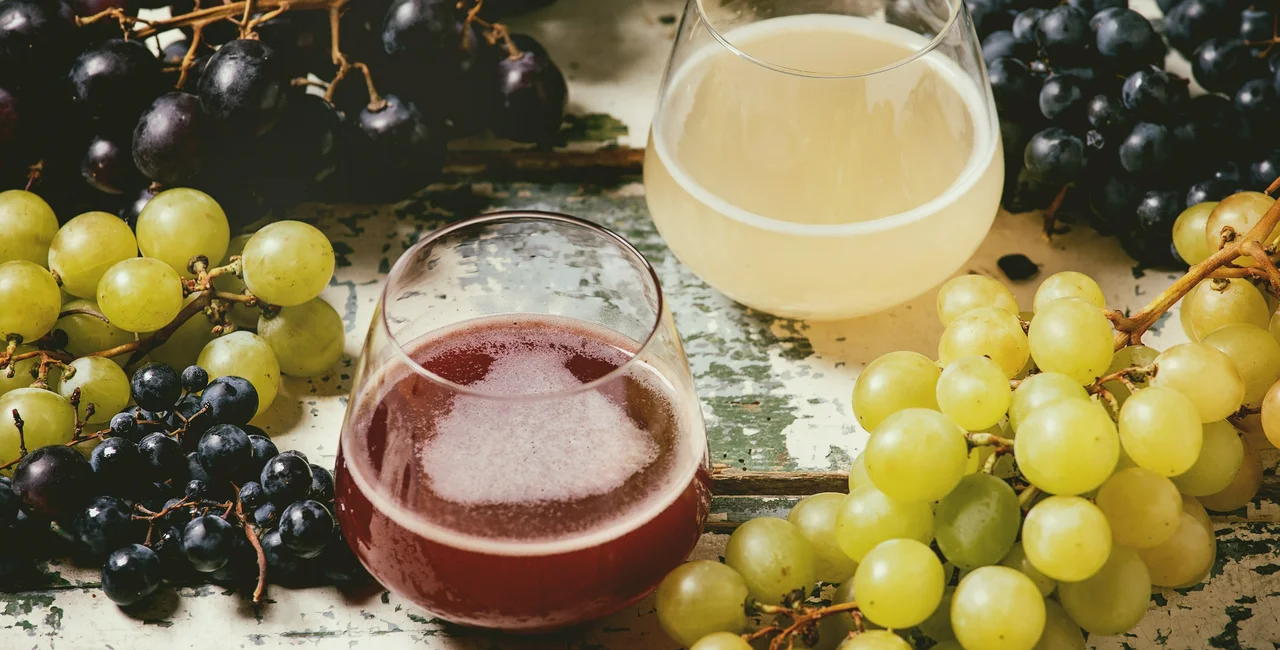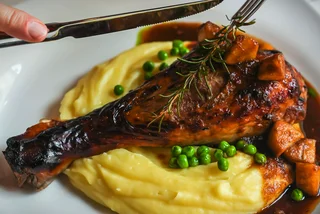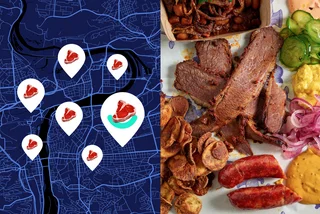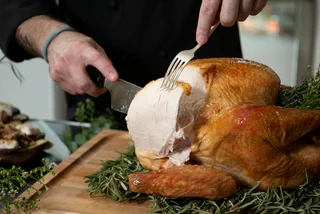Every culture has its traditions that mark the coming end of a season. Across the Czech Republic, the first indicator that you need to start finishing your summer bucket list is the appearance of burčák at farmers markets, roadside stands, and wine shops.
Burčák is slightly fermented grape must, sold by the glass or in plastic take-away bottles. It is available shortly after the grape harvest, which occurs at different times each year based on the weather during the growing season.
The first grapes intended for processing into burčák began to be harvested Aug. 10 at the vineyard of Chateau Valtice in South Moravia. These were from the Avgustovski grape varietal, which ripen early. Harvesting of the first of the more common early varietials will start in about a week, winery director David Št'astný told the Czech News Agency (ČTK).
"Avgustovski is an early table varietal that we imported from Slovakia especially for burčák. The grapes of this varietal ripen a week to 10 days earlier than the commonly grown early varieties. We planted it three years ago, and this year we have our first full harvest," Šťastný said.
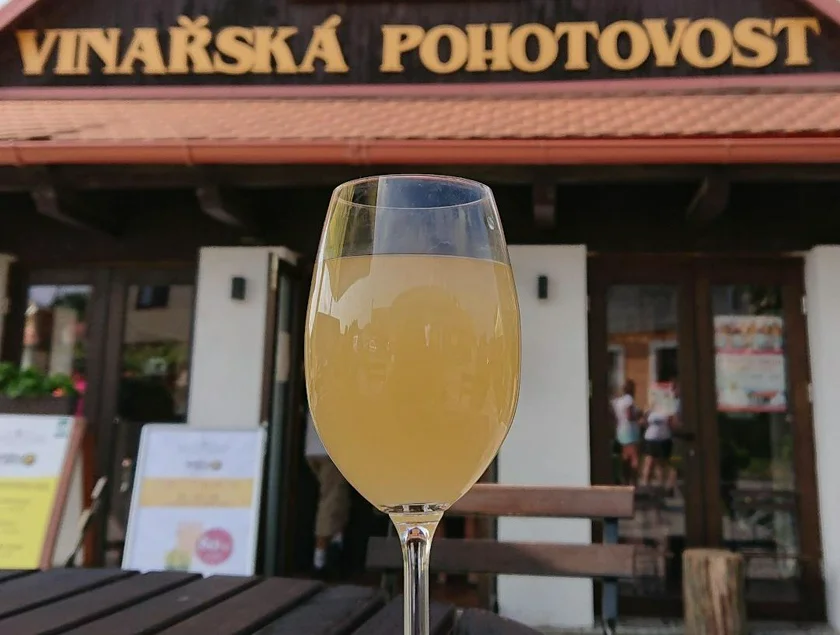
This particular burčák will be available from Friday, but only be at the vineyard’s own outlets.
Other vendors should offering burčák from more typical grape varietals by the end of next week. The first traditional varietal, Irsai Olivér, will be harvested starting this weekend. Miloslav Machuča, a vintner who grows grapes exclusively for burčák on five hectares, said he plans to harvest on Sunday and sell the first burčák next Thursday.
"This year's crop is looking very good, I expect we'll last until October with burčák," Machuča told ČTK.
Sales in Prague tend to lag a few days behind those in Moravia. The launch in the middle of August is fairly typical. Many vintners thought it might even be later this year, but good weather for the past few weeks helped to spur the final ripening.

The beverage is also a mainstay of harvest festivals called vinobraní, which occur in mostly Moravia but also across the rest of the Czech Republic in the very end of August and early September. One is planned for náměstí Jiřího z Poděbrad in Prague 3 for Sept. 10–11, for example.
The beverage is taken very seriously. By Czech law, burčák cannot be sold earlier than Aug. 1, or later than Nov. 1. A warm and dry season in 2018 led to burčák being ready even before the end of July, but it could not legally be sold for a few days. That was a rarity, though.
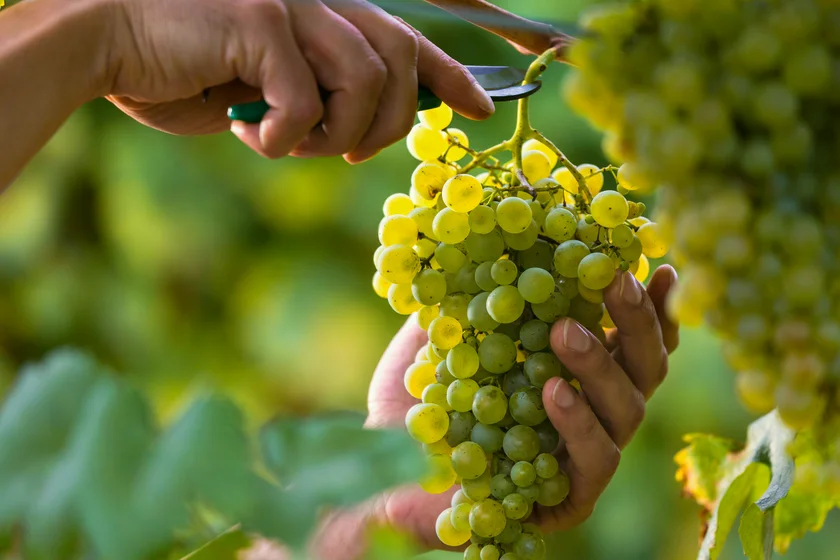
Burčák also must be made only from grapes harvested and processed in the Czech Republic during the same year it is sold. It cannot be diluted or have added colors to mask poor quality. Information on the location of origin and producer has to be posted by the vendor, usually this is on a hard-written sign.
Fermented must from other countries can be sold, but only under a different name, such as partially fermented grape must (částečně zkvašený hroznový mošt). It is known as burčiak in Slovkia, and Federweisser, Suser, Sauser, Neuer Süßer, Sturm or Junger Wein across German-speaking regions.
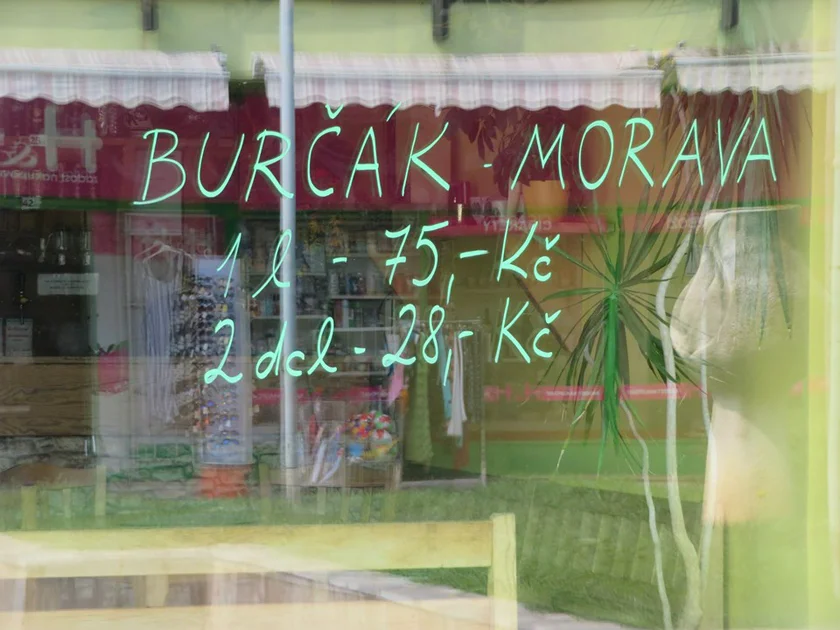
It must also have at least 1 percent alcohol under the law, otherwise, it is simply grape must. Typically, though, it is 4 to 6 percent alcohol, which is more than a typical beer but less than wine.
Overindulging in burčák, which is surprisingly easy to do, produces a legendary hangover. Many people will tell you it is because the beverage continues to ferment in your stomach, but that is old folklore. The hangover is due to the high volume chemicals related to incomplete alcohol production. Also, since it tastes like grape juice, people tend to drink a lot of it without realizing.
Burčák should still have active carbon bubbles visible and even audible, as the yeast should still be live. Burčák from white wine should be golden yellow in color, and not brownish.
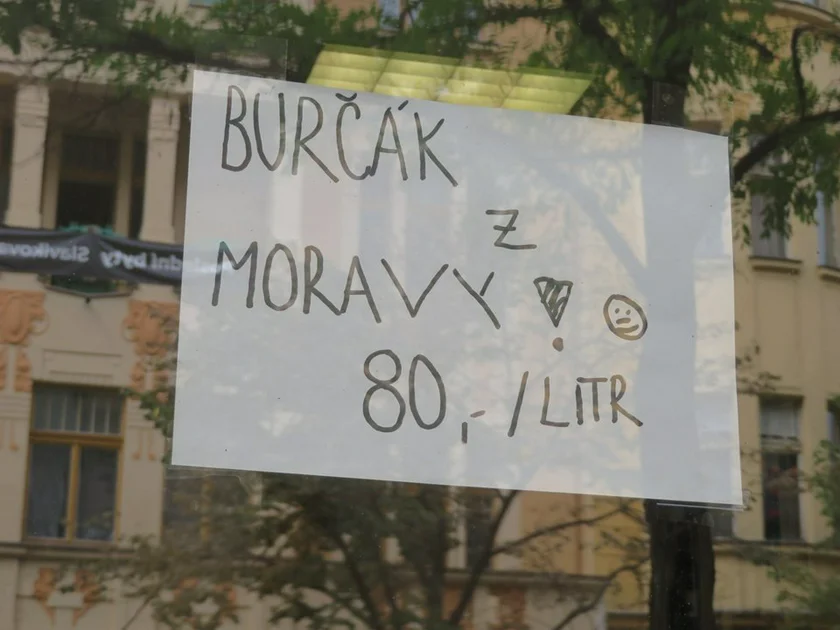
It should also be stored in a chilled environment, and not out in the sun as heat speeds the fermentation too much. If you put it in a plastic bottle, you should loosen the cap periodically to let out the gas from fermentation, otherwise the bottle can start to fizz or even crack open. Bottles left out in the sun have been known to explode, sending the liquid flying.
People who want the first actual bottled wine of the season will have to wait for St. Martin’s Day on Nov. 11, when the new vintage will go on sale at 11 am. Many places, under normal circumstances, have street festivals and serve it with roasted goose. It remains to be seen what will happen this year, though. St Martin’s Day in the Czech Republic in recent years has largely overshadowed the release of France's Beaujolais Nouveau on the third Thursday of November.












 Reading time: 4 minutes
Reading time: 4 minutes 